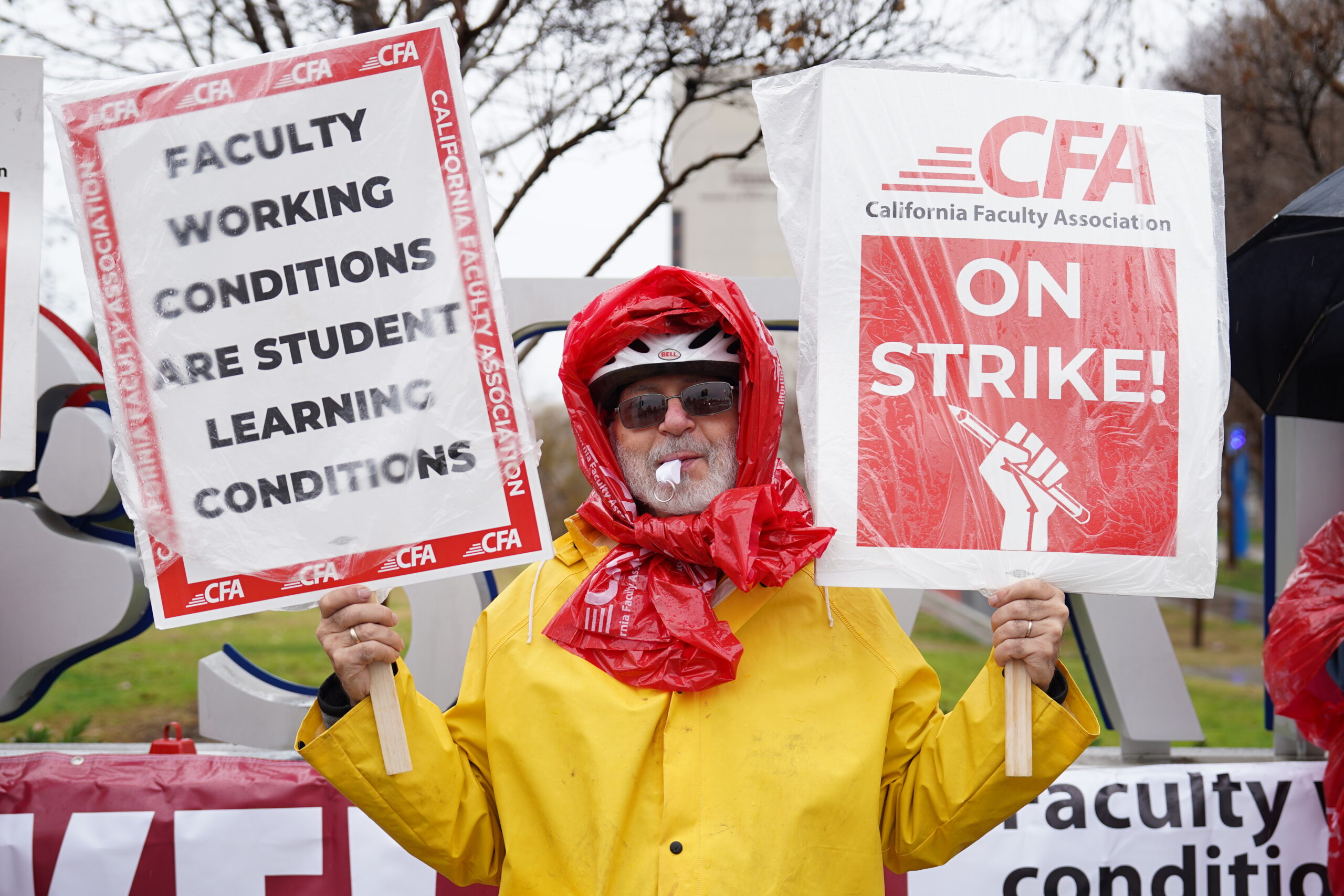Nightingale says this because she believes that these issues have to be resolved and not just put away. She also states that the process is popular with VORP participants. Noelle recalled a past case in which she heard positive feedback from a former participant in the program.
“The victim actually ended up coming into court and stating how much he appreciated the program,” Nightingale said. She states she has heard similar feedback in many other cases.
VORP’s caseload consists mostly of misdemeanors, but they are looking to expand and take on felonies as well. One of VORP’s best claims of success has been the seemingly low rate of repeat offenses of participants of the program compared to non-participants. VORP’s statistics show only 6.59 percent of its Community Justice Conference (CJC) participants have been found guilty or responsible of breaking the law again compared to 18.18 percent of non CJC participants for the year of 2012. Noelle has stated that when they begin taking on the felony cases she predicts that the difference in recidivism will be even more dramatic.
Districts across the state have adopted restorative justice practices. Three years after Oakland Unified School District began making plans to overhaul its discipline policies, the district has restorative justice programs in 12 schools, some of which have seen up to 85 percent reduction in suspensions. San Francisco, Sacramento, Raisin City and Immanuel Schools in Reedley, along with rural districts in Merced County, have also joined the nationwide movement to reduce suspension and expulsion rates through restorative justice.
[pullquote_left]Three years after Oakland Unified School District began making plans to overhaul its discipline policies, the district has restorative justice programs in 12 schools…”[/pullquote_left]Immanuel Schools adopted restorative justice after participating in a training on the alternative discipline model at Fresno Pacific University in 2005. Ryan Woods, the superintendent of Immanuel Schools, said the transition was not a simple one.
“Overall it was not easy because there is no set answer,” Woods said. “Each situation is unique and you have to treat them as such, and that is something that wasn’t easy and still isn’t easy today.”
Despite these difficulties, Supt. Woods said that he is very glad that the schools actually made the transition. However, he does realize that his schools have several advantages that other school districts might not have. Besides the benefit of restorative justice fitting in with the school’s Christian theme, the school is also small, serving only 402 students. However, there have been numerous schools that have implemented restorative justice throughout California. These include Fresno County’s Raisin City School and several schools in the Oakland Unified School District. Recently, the implementation of restorative justice in FUSD has become a possibility, especially now that it is a recommendation of the Graduation Task Force.
Superintendent Woods says that if this option is taken in FUSD, it needs to be backed by school leaders.
“Administrators have to believe in it because they’re the ones that have to support it and they have to understand the process,” said Woods.
The need and effectiveness of restorative justice has been debated and continues to be a topic of discussion. Some of the things that people question about restorative justice include its actual effectiveness and possible errors in recording its claims of success. Some state that perhaps the reason that there is a comparatively lower rate of repeat offenses in restorative justice practices is that those individuals who voluntarily go through restorative practices are probably not likely to reoffend in the first place.


